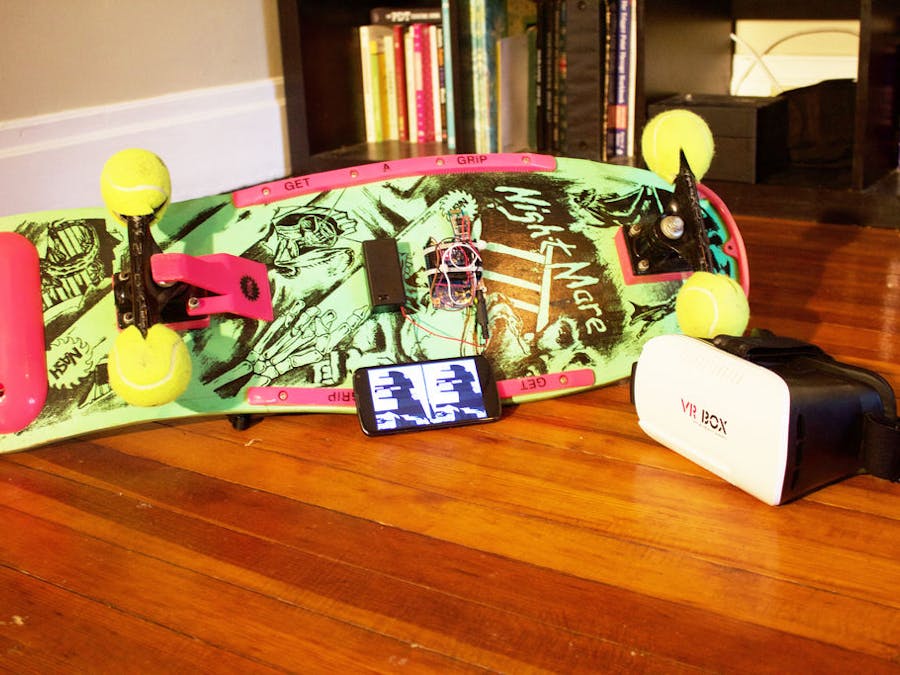This is a really fun and easy project that can be done in about an hour. On the bottom of the skateboard is an accelerometer/gyro with an Arduino board that transmits the angular motion of the board via Bluetooth to a little virtual reality game I made for Android phones. I attempted to model El Toro which is a famous skateboard spot in California. So, when you turn on your Arduino and the Bluetooth connects with your phone, you start moving forward. Lean left and you go left, lean right and you go right. Lift up the front wheels and your character will jump. This only works for Android phones and your phone must be compatible with Google Cardboard. This project is the culmination of everything I am passionate about (skateboarding, VR, and Arduino). Hope you like it!
The Android app is called "Arduino VR Skateboard" can be downloaded here.











_3u05Tpwasz.png?auto=compress%2Cformat&w=40&h=40&fit=fillmax&bg=fff&dpr=2)

Comments